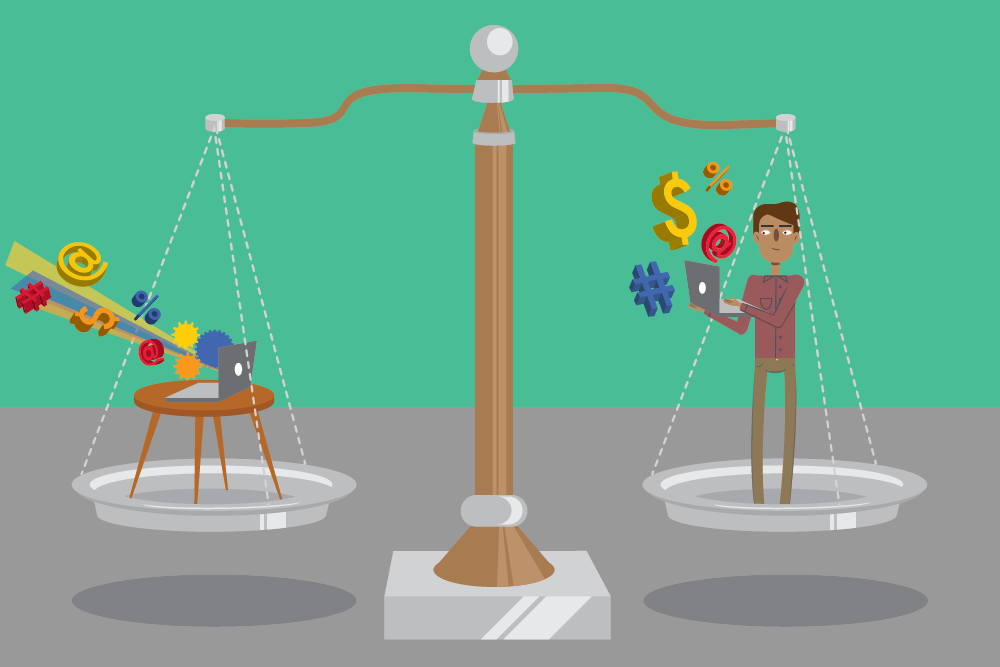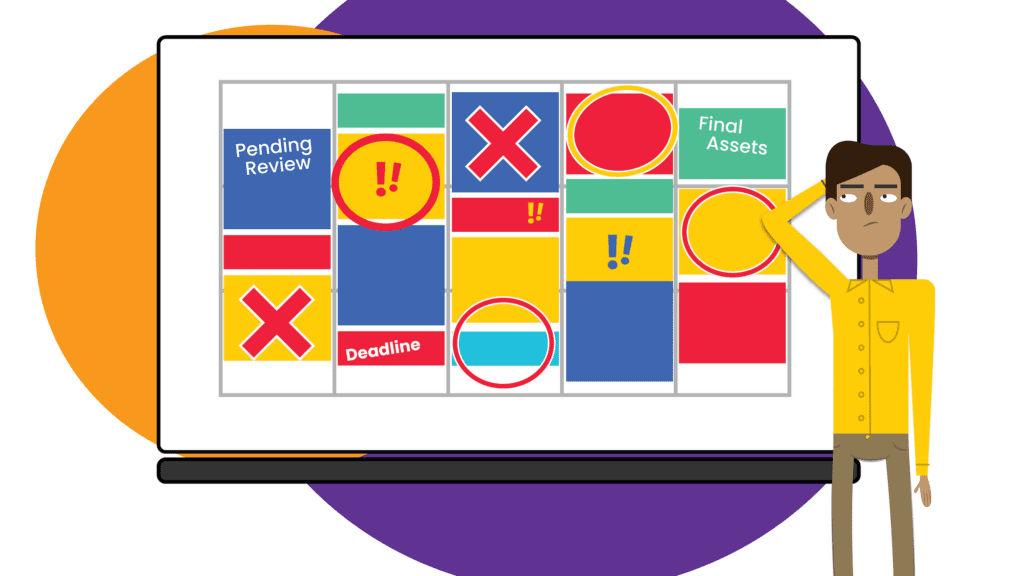What tasks take up the majority of a marketer’s typical work day?
For most, it’s the seemingly small and repetitive tasks that often feel daunting and time-consuming, like:
- Answering emails
- Navigating between multiple tools and software suites
- Lead management
- Social media
Although these tasks are essential to the work day, having more time to complete higher level, strategic tasks could prove more beneficial to the marketing process.
Marketing automation enables marketers to streamline marketing activities, save valuable time on repetitive tasks, and increase overall Return on Marketing Investment (ROMI). Ultimately, it can free up time that can be better spent on developing marketing strategies and tactics that lead to more business growth and revenue generation.
Sounds great, right? Well, with great power comes great responsibility, and, as tempting as it is to completely automate everything, some tasks still require a more personal touch.
Why Automate?
The role of today’s marketer is multifaceted. As the buyer’s journey becomes more intricate and complex, marketers must adapt to stay relevant and provide the highest quality content, tailored to each specific audience — quite a time-consuming activity, and deservedly so.
Marketing automation software is designed to streamline and adapt marketing tactics to the ever-changing buyer’s journey by incorporating multiple marketing channels and capabilities into one platform, allowing for greater tactical oversight and insight.
Earlier this year, we posted a blog highlighting some of the key benefits of a marketing automation system, some of which include:
- Operational efficiency
- Advanced tools
- Lead capturing
- CRM and sales integration
- Analytics
Together, all of these benefits make a marketing automation platform an optimal resource for marketers in business-to-business and business-to-consumer organizations.
Unfortunately, simply having the features that deliver these benefits will not create marketing magic. Some manual work still needs to be completed to achieve desired results.
Manual Automation?!
As with most advanced software tools, marketing automation platforms require controls and guidelines to be set. These are the guiding principles that allow marketers to manipulate the software to best align with overall marketing objectives and the direction and goals of the business.
For example, outbound marketing processes do not structure themselves. Although there are ways to integrate artificial intelligence capabilities with marketing automation platforms, we’re not at the point where marketers can rely on that integration to manage the outbound marketing process completely. Manual manipulation of the platform based on strategy is still needed to structure and establish the rules that determine the best time to reach an audience through email to ensure the highest open and click-through rates for rich content.
It is at this stage of the process that marketers need to take a step back and review their audience and market from a strategic perspective.
Ultimately, tailoring and manipulation of the platform should be based on the marketer’s knowledge of who the audience is, how receptive that audience is to different types of marketing content, as well as changes in the industry created by current events or technological disruptions, and a whole set of other strategic factors.
Too Much Automation Can Be a Bad Thing
That understanding of the audience should be grounded in the fact that businesses are just people dealing with people, and a marketing platform is just a tool that enables communication. Although automating marketing tasks and processes can improve the overall effectiveness of any marketing effort, it can also be detrimental if not used carefully.
Most people will accept automation to some degree, but if it becomes intrusive or disconnected from the buyer’s journey, they will unsubscribe to emails and disengage from the brand. Understanding this about your audience is crucial when it comes to marketing automation. Unfortunately, this is where many marketers get it wrong.
For example, if outbound marketing functions become too automated, they lose that personal touch. They can leave important messages sent at critical times in the buying process feeling very generic and with little to no thought behind them. Audiences can detect when communications from an organization are on autopilot and this can have a negative impact on the recipient’s view of the organization.
Some of the most common marketing over-automation mistakes include:
- Sending too many messages
- Lack of personalization
- Letting customer data go unused
- Leaving lead funnel management completely to software
Creating the Right Balance
Marketing automation software is meant to be an extension of your marketing team, not a replacement. But there is no “one-size-fits-all” solution to the marketing automation process. As with all marketing tactics, it’s essential to understand the audience and the market, and establish automation tactics based on where buyers spend their time and how they like to be contacted.
Capitalizing on this information will optimize marketing automation efforts, enable personalization, and create efficiencies that will save valuable time for marketers working to create meaningful, long-lasting relationships with their target audiences throughout all stages of the buyer’s journey.



